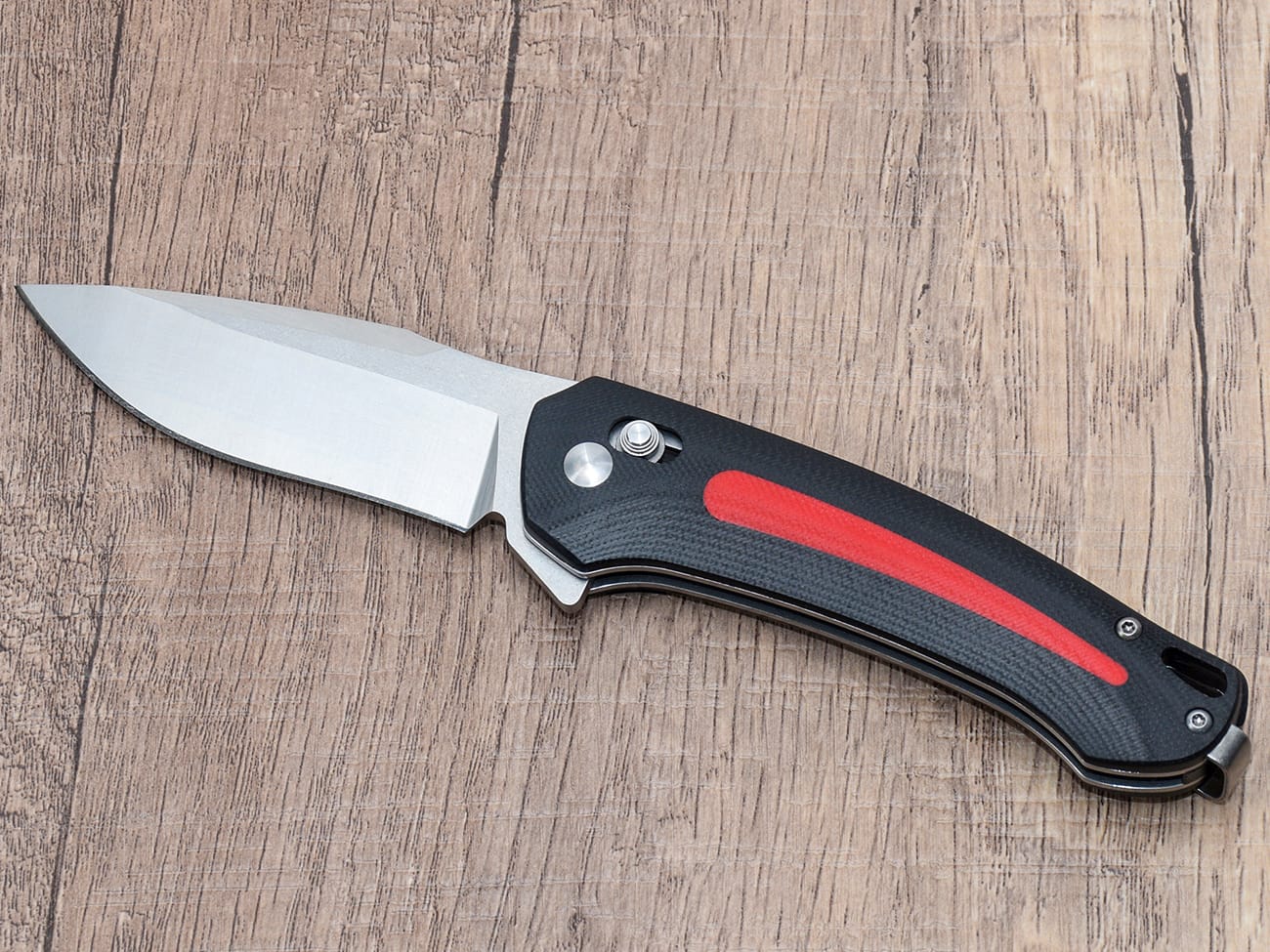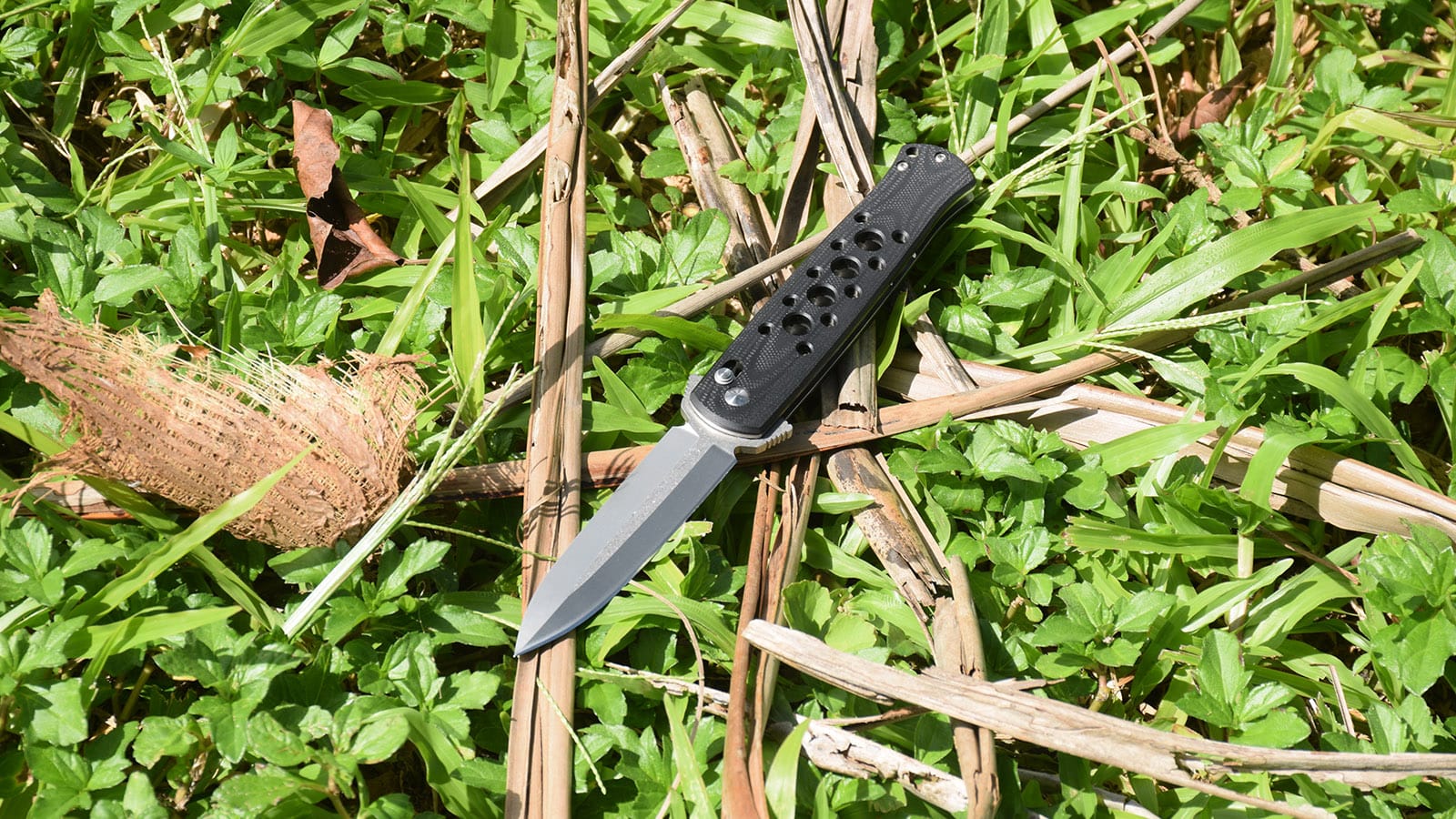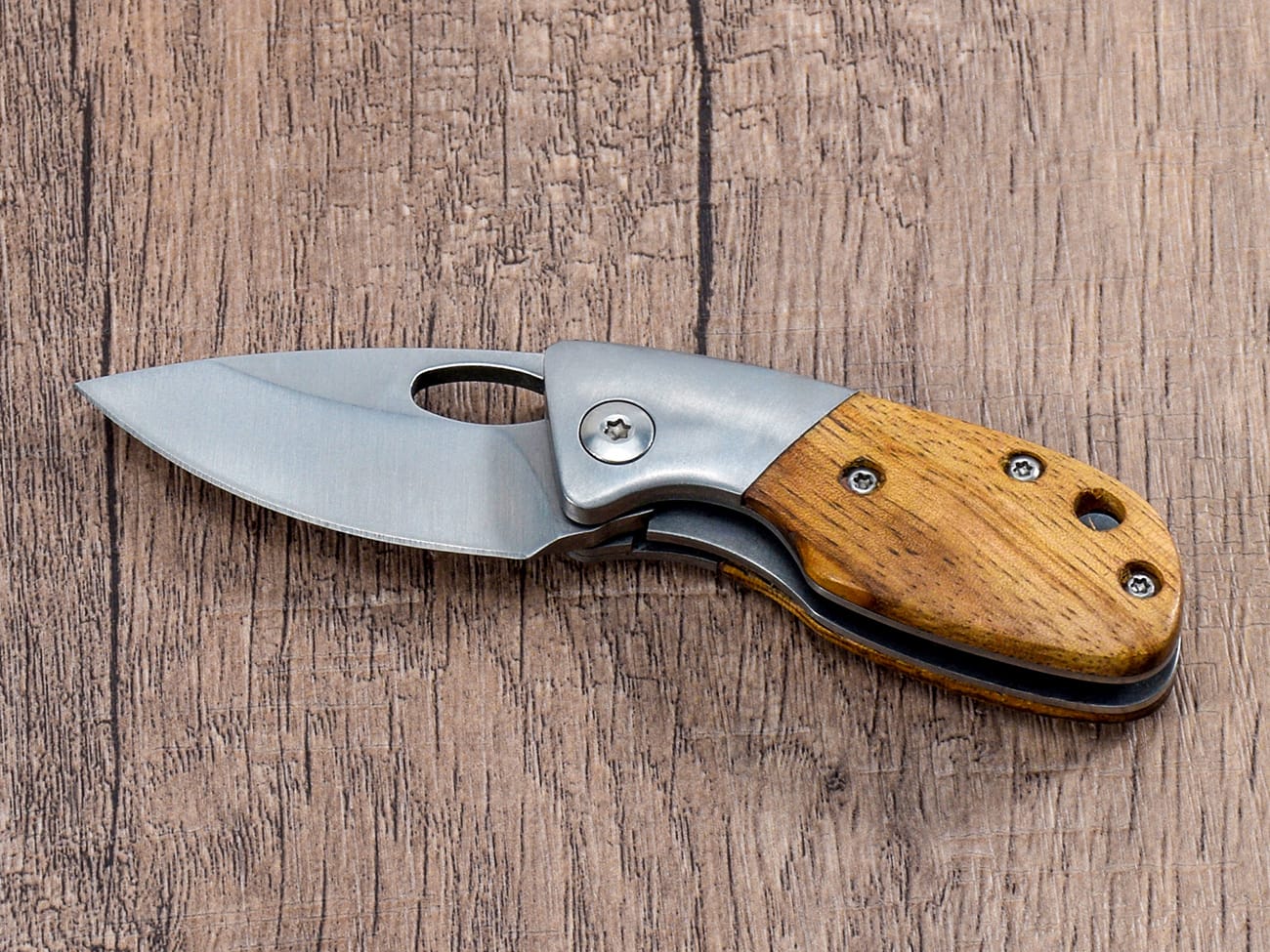Are you wondering how long your pocket knife blade can legally be? This comprehensive guide breaks down everything you need to know about pocket knife laws, blade length restrictions, and legal carry requirements across different jurisdictions. Whether you’re a knife owner or looking to purchase your first EDC knife, understanding these regulations is crucial for legal compliance.
What Defines a Legal Pocket Knife Length?
The legal blade length for pocket knives varies by jurisdiction, but most states allow blades between 2.5 to 4 inches for everyday carry. Some key factors that determine legality include:
- Type of knife mechanism
- Intended use (utility vs. weapon)
- Carry method (open vs. concealed)
How Do State Laws Differ on Pocket Knife Lengths?
Different states have varying regulations regarding knife lengths and types. For instance, while some states allow folding knives of any length, others impose strict limitations:
- California: Maximum 2 inches for concealed carry
- Texas: No length restriction for open carry
- New York: Under 4 inches for most purposes

Custom D2 steel folding knife with black and red G10 handle
What Types of Knives Are Generally Restricted?
Regardless of blade length, certain types of knives face stricter regulations:
- Automatic knives
- Ballistic knives
- Gravity knives
- Balisong knives
- Belt buckle knives
How Can You Legally Carry a Pocket Knife?
To ensure legal carry of your pocket knife, consider these guidelines:
- Check local regulations
- Keep blade length within limits
- Choose appropriate carry method
- Maintain visibility when required
What Are Federal Laws on Pocket Knife Lengths?
Federal regulations primarily focus on:
- Interstate transport
- Restricted locations
- Specific knife types
- Commercial sales
When Does Blade Length Matter Most?
Blade length becomes particularly important in:
- Urban areas
- Public buildings
- Educational institutions
- Transportation hubs
How Do You Measure Blade Length Correctly?
Proper measurement techniques include:
- Measuring from tip to handle
- Including only the sharp edge
- Excluding handle length
- Accounting for curved blades
What Are Common Misconceptions About Knife Laws?
Many people misunderstand:
- Open carry vs. concealed carry rules
- State-to-state variations
- Length measurement methods
- Knife classification systems
Who Enforces Pocket Knife Regulations?
Enforcement responsibility falls to:
- Local law enforcement
- State police
- Federal agencies
- Transportation security
How Can You Stay Compliant with Knife Laws?
To maintain legal compliance:
- Research local regulations
- Choose appropriate knife sizes
- Carry properly
- Document intended use
- Stay informed about changes
Key Points to Remember:
- Most states allow pocket knives with blades under 3-4 inches
- Carry methods affect legality
- Local laws vary significantly
- Some knife types face additional restrictions
- Proper measurement is crucial
- Documentation may be necessary
Visit our comprehensive guide on pocket knife rules for more detailed information about specific regulations and requirements.




